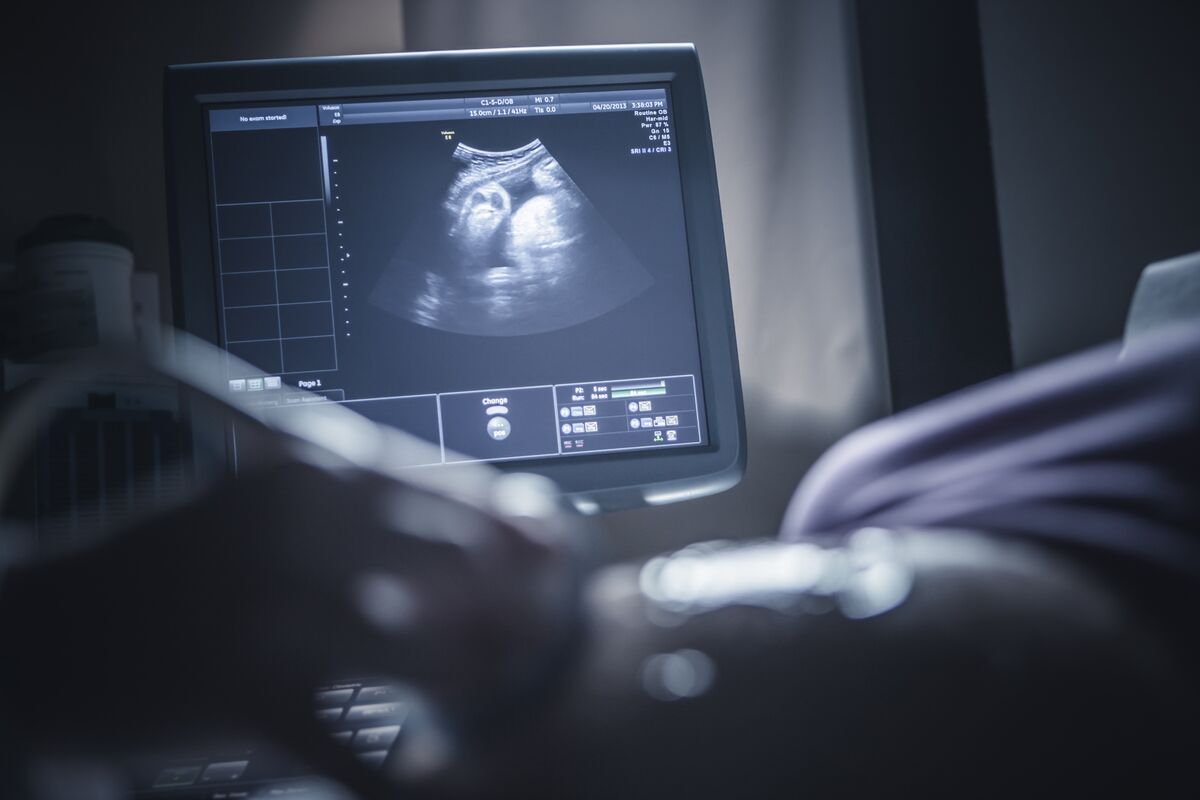
Korea to Triple Baby Payments After It Smashes Own Record for World’s Lowest Fertility Rate
South Korea plans to provide every family with a newborn child a monthly allowance of 1 million won ($740), in its latest move to encourage more births and try to address the world’s lowest fertility rate.
- Government to sharply lift allowances to encourage more births
- Increase in family support comes despite tighter fiscal policy
Sam Kim
August 30, 2022 at 10:52 PM EDT
South Korea plans to provide every family with a newborn child a monthly allowance of 1 million won ($740), in its latest move to encourage more births and try to address the world’s lowest fertility rate.
The handout will begin next year at a level of 700,000 won a month and then rise to the full amount in 2024, according to a budget proposal unveiled this week. Once the child turns one, the stipend will be reduced by half and run for a further year.
Dubbed locally as “parent pay,” the 1 million-won allowance was among a series of election campaign pledges by President Yoon Suk Yeol to address Korea’s low birth rate. Yoon, who took office in May, has described the demographic outlook as a national “calamity.”
Back to the Future
By century's end, South Korea may have as many people as it did after war
The expanded support for parents comes even as the nation shifts to a more stringent fiscal policy in order to rein in pandemic-era debt. The spending initiative on new-borns underscores the urgency of tackling one of the nation’s greatest long-term risks.
Under the previous administration of Moon Jae-in, who ran a more expansionary fiscal policy, each new-born child was provided with 300,000 won a month over their first year. That program will now be subsumed by Yoon’s.
Korea shattered its own fertility record in 2021 when the expected number of babies per woman slipped to 0.81 from 0.84 a year earlier. That shone a light on an already dire outlook with the United Nations predicting the population of 51 million will more than halve by the end of this century.
A shrinking workforce presents an array of challenges for policy makers that includes everything from stagnant economic growth to soaring welfare payments. Korea’s demographic problem may be a harbinger for the rest of the developed world that is also aging rapidly.
In the decades following the 1950-53 Korean War, the population at least doubled, and in an effort to curb the baby boom in the early years of economic development the government encouraged couples to have only one child. That policy was scrapped around the turn of the century as births started to tumble.
Korea is estimated to have already spent hundreds of billions of dollars on trying to reverse the decline. The results so far have been underwhelming, with only 260,600 babies born last year, or 0.5% of the population.



